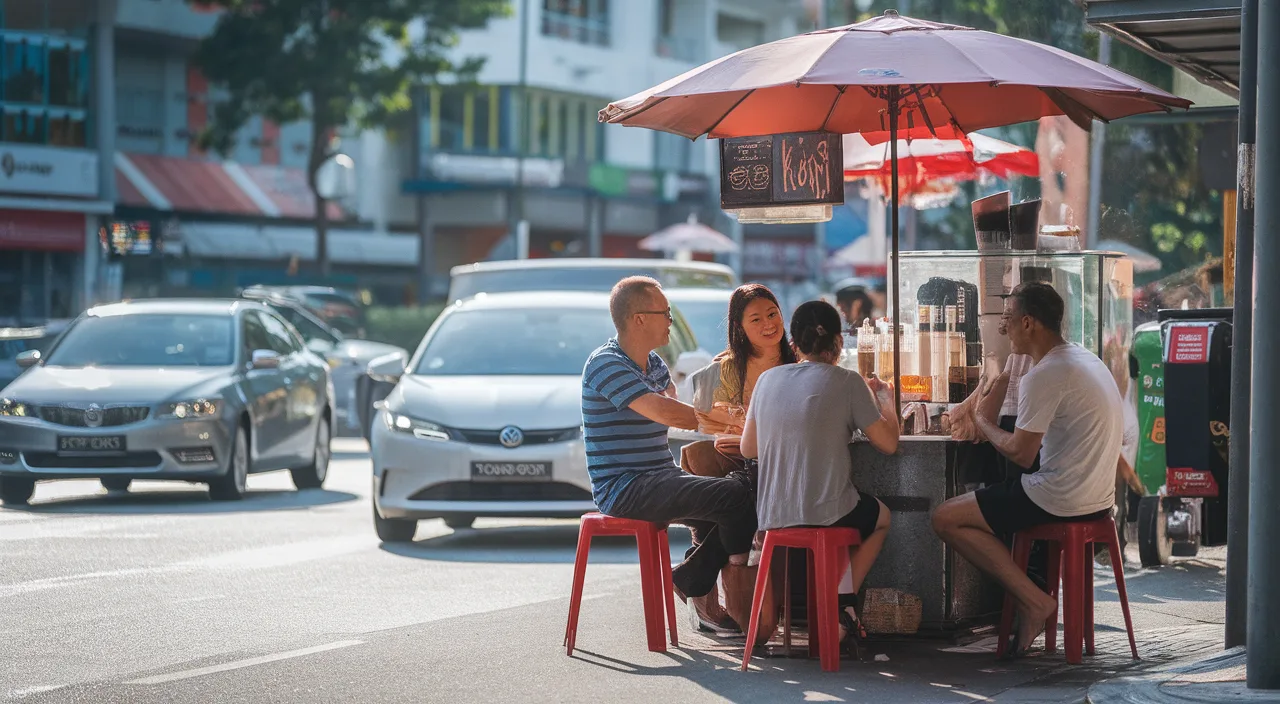If you’ve ever been around Singaporeans and someone jokingly accused their friend of ‘jiak zua’, congratulations—you’ve witnessed a uniquely hilarious slice of local life. This essential Singlish phrase captures the vibrant, tongue-in-cheek essence of Singaporean culture, packed with all the nuances that expats and locals alike should understand. Explore what ‘jiak zua’ really means (spoiler: it has almost nothing to do with food), uncover its cultural roots, and learn how to use it in daily conversations without looking blur. From hawker centre chats to office pantry gossip, we’re diving deep into this famous Singaporean expression and its cultural significance in our fast-paced Lion City life.








